Scientists from Türkiye’s 9th National Antarctic Science Expedition have completed maintenance on the Global Navigation Satellite System (GNSS) station located on Dismal Island, three days into their maritime journey from King George Island.
The expedition, conducted under the auspices of the Turkish Presidency and the coordination of the TÜBITAK MAM Polar Research Institute under the Ministry of Industry and Technology, aims to contribute to global scientific research on Antarctica’s dynamic landscape.
The team navigated through Le Maire Strait, Penola Strait and Grandidier Channel before reaching Dismal Island, situated 40 nautical miles from Horseshoe Island, where Türkiye’s Antarctic research camp is located. The GNSS station, Türkiye’s first permanent installation outside its borders, was established in 2020 to collect data on tectonic and isostatic pressure-induced deformations in the region.

Expedition leader professor Hasan Hakan Yavaşoğlu highlighted the importance of the station’s data collection efforts. “This is our fifth visit to Dismal Island. The GNSS station at the southernmost point of the Antarctic Peninsula provides invaluable geodetic data. The recent updates we conducted will extend its operational life span, enhancing our ability to monitor geological changes in the area,” Yavaşoğlu said.
Lt. Abdullah Kellevezir, a geodesy engineer from the General Directorate of Mapping, emphasized the significance of their satellite observations. “Since 2020, we have been participating in these expeditions, conducting satellite monitoring through the GNSS station. In addition to continuous data collection at Dismal Island, we conducted eight-hour GNSS observations at six terrestrial geodetic points, one on Dismal and five on Horseshoe Island, to track tectonic movements in the region,” he said.
Kellevezir noted that the western Antarctic region is seismically active. “Given its proximity to the Nazca, South American and African plates, we observe an annual northeastward movement of approximately 1 to 1.5 centimeters (0.39 to 0.59 inches),” he added.
Deputy expedition leader Atilla Yılmaz detailed the team’s route, which began aboard the Chilean-flagged Betanzos vessel from King George Island at 62 degrees south latitude. As they navigated southward, he noted a significant increase in the number of icebergs compared to previous years. “The icebergs breaking off from glaciers may indicate the localized effects of global climate change,” Yılmaz observed.
Following their work on Dismal Island, the team continued to Horseshoe Island, observing numerous icebergs, glaciers, humpback whales and various penguin species along their route.



























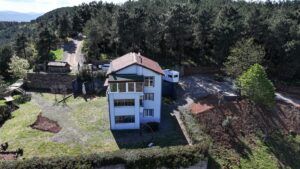
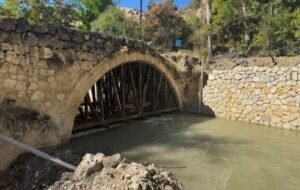

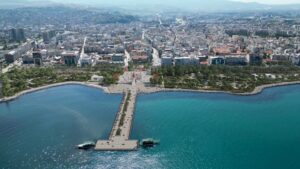






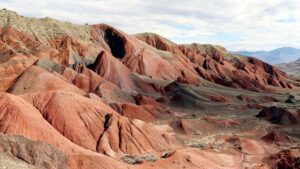



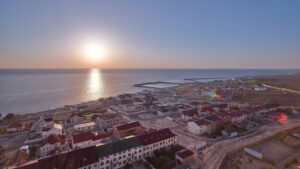










Be First to Comment